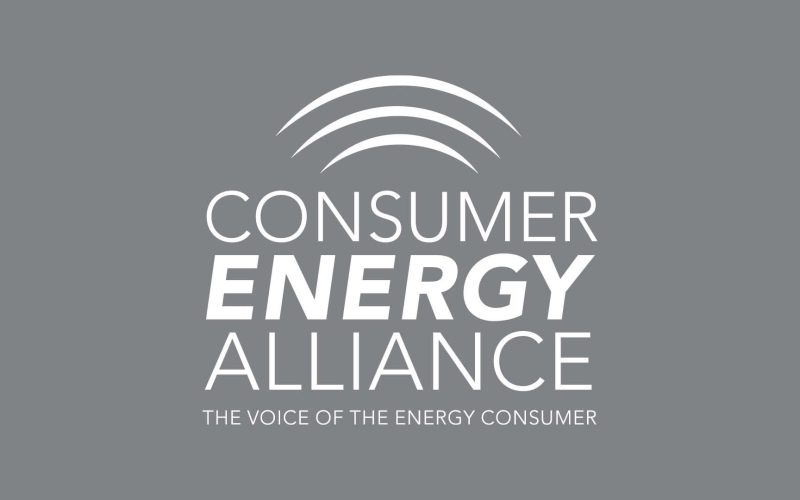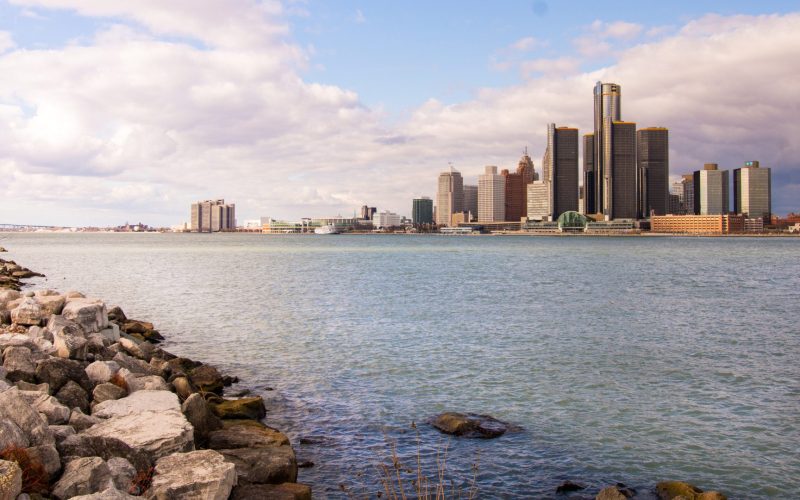THE VOICE FOR THE ENERGY CONSUMER

Reaching America’s Derrick Hollie notes why it’s not just energy producing states that should be interested in the upcoming five-year energy leasing plan. Increased natural gas and oil production has.

CEA’s Emily Haggstrom discusses SB 181 in Colorado and its impact on businesses and families on “Mornings with Gail.” Listen here – 1310AM KFKA
.
Top 5 Energy News Stories This Week Corporate Giants Form the Renewable Energy Buyers Alliance Companies like Google, Disney, General Motors, Walmart and more have launched the Renewable Energy Buyers.

Columbus, OH – On Thursday, April 4th, Consumer Energy Alliance (CEA) sent a letter to a newly created political group named the “Ohio Consumers Energy Alliance” directing it to immediately.

With extremists becoming increasingly violent and willing to sabotage critical energy infrastructure in Minnesota and other states, CEA’s Chris Ventura discusses why it is necessary for elected officials to stand.

Washington, D.C – As Maryland legislators consider the future of energy infrastructure and regulatory changes in the state’s electric market, Consumer Energy Alliance (CEA) Mid-Atlantic Executive Director Mike Butler reinforced.

CEA’s Victoria Gonzales examines the unintended consequences and negative impacts New Mexico’s “Energy Transition Act” will have on the state’s economy. About 80 percent of the growth in state income.

Top 5 Energy News Stories This Week Opuntia Being Used as a Biofuel In Mexico, some farmers are exploring the use of Opuntia, the prickly pear cactus, as a new.

Consumer Energy Alliance’s report, The Importance of Affordable and Abundant Oil and Natural Gas for Colorado, on the savings Colorado’s families and businesses have achieved as a result of increased.

Lansing, MI – The Consumer Energy Alliance (CEA) announced its strong disapproval of recent actions taken by Michigan’s Governor Gretchen Whitmer and State Attorney General Dana Nessel to, as they.